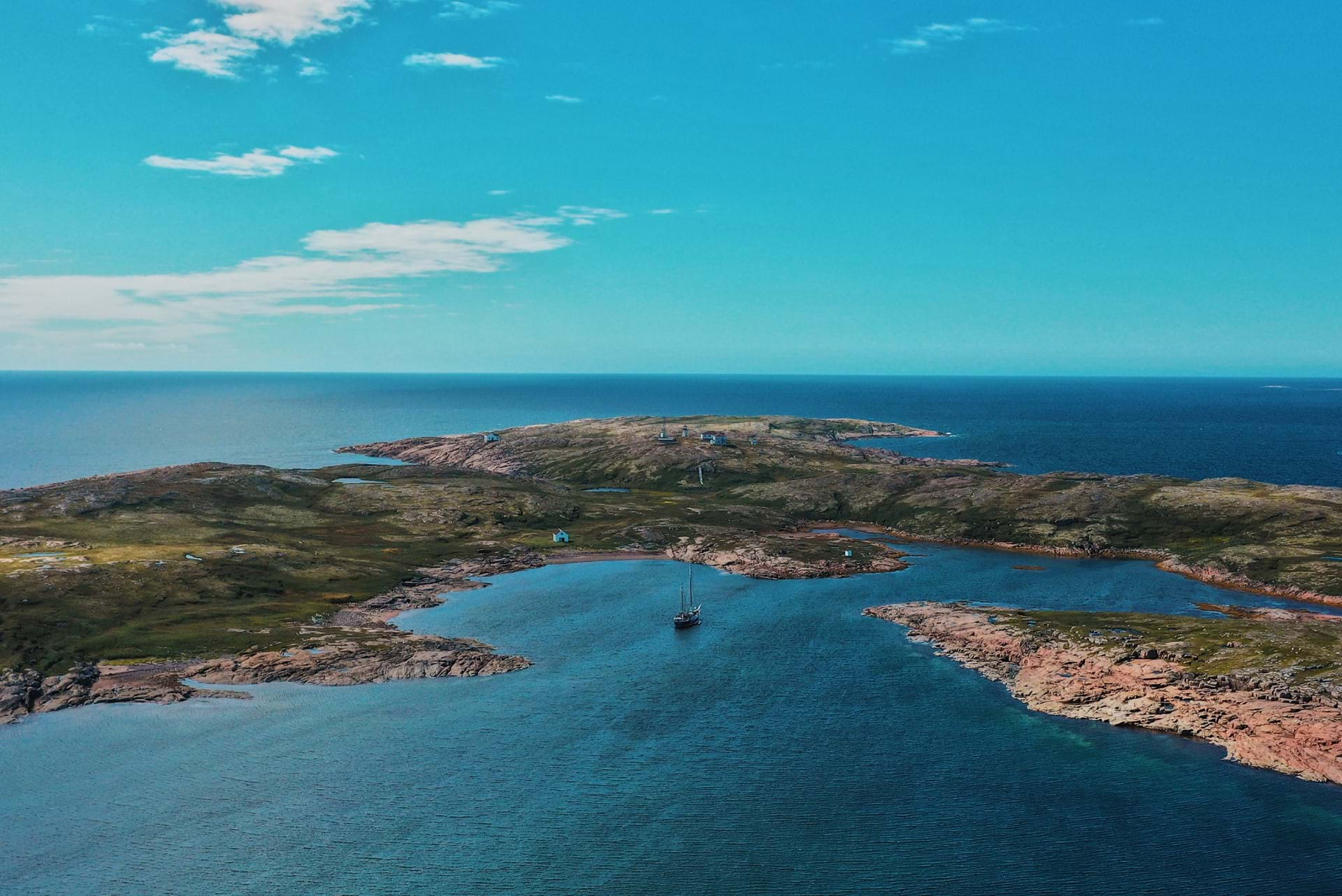
Blue Expedition documents plastic pollution
Scientifically speakingAn initial portrait of the plastic pollution in the St. Lawrence
Aboard the impressive EcoMaris sailboat, a team of researchers with a range of backgrounds and expertise are joining forces to document plastic pollution and bear witness to climate change in the heart of the Gulf of St. Lawrence. With the support of the Réseau Québec maritime (RQM) ship-time program, the Blue Organization set up this project called “Expédition Bleue” in collaboration with the Université du Québec à Rimouski (UQAR). A multidisciplinary crew then had a first look at the state of things in Quebec waterways that had been little documented up to that point: along the north of Sept-Îles, Anticosti, the Magdalen Islands, as well as the passage between Quebec and Newfoundland.
This innovative project, carried out during the summer of 2002, generated a tide of curious people among the media, institutions and the public. Anchored in interdisciplinarity, four scientific research / research-creation projects involving literature took place aboard the sailboat during the 21-day journey. Their objectives: to sample plastic pollution on the coast, to sample surface water to measure microplastics, and to communicate, through literary creation and multimedia production, breakthroughs and other progress to the general public.
N.B. While most of the information on the linked websites is in French, their images readily convey some of the challenges and efforts being made to address them.
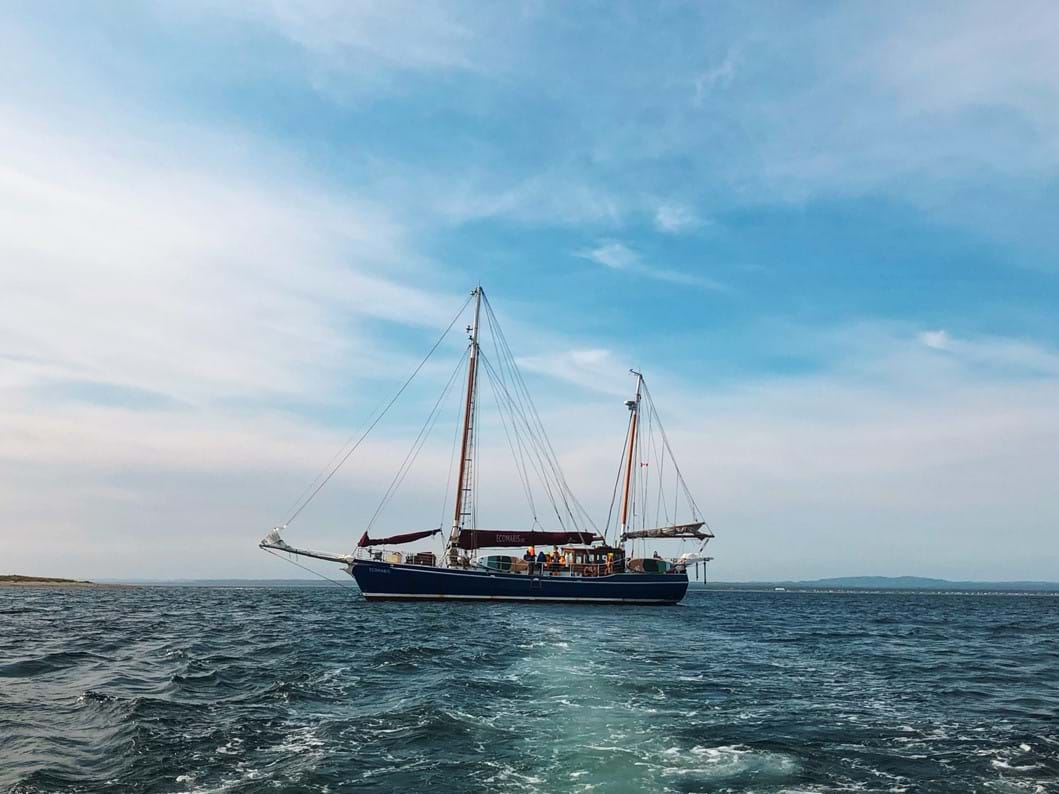

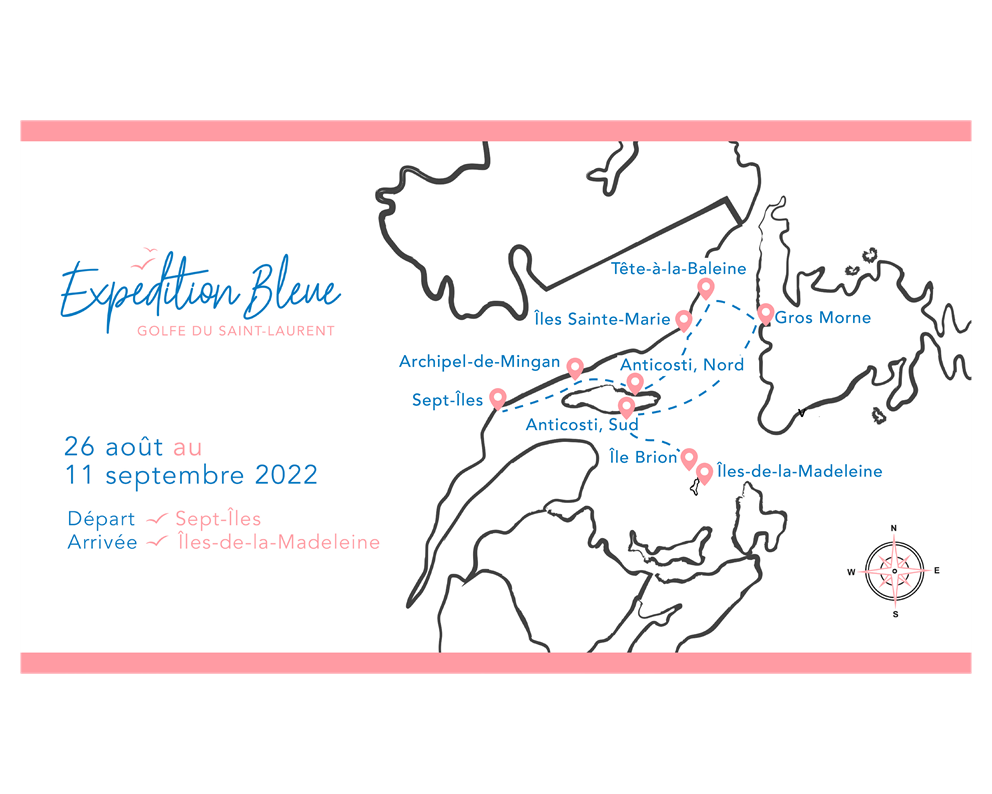
Plastic pollution and climate change
Plastic pollution is a global scourge, but what about the situation in Quebec? Plastics in the marine environment are a major concern because of their endurance in water and their adverse impact on marine life and potentially human health. Approximately 80% of the pollution found in oceans comes from the rivers and streams within the continents (Lebreton, L. C. M., et al. (2017). "River plastic emissions to the world’s oceans" Nature Communications 8(1): 15611.). The St. Lawrence River crosses Quebec territory from the Great Lakes to the Atlantic Ocean. The impact of endemic pollution from the Canadian East Coast on the Atlantic Ocean is undeniable. But what about the gulf, this inland sea that seems to accumulate debris at its heart, like the great ocean gyres – the circular currents that concentrate pollution?
The pollution is measured at two orders of magnitude: micro (<5mm) and macro (>5mm), which is what the researchers focused on during the expedition. As part of the RQM’s Odyssée Saint-Laurent program’s framework, several researchers from McGill University, UQAR, and Merinov had studied microplastics in the St. Lawrence River and its estuary over the previous five years. The project’s aim was to establish the first inventory of the socio-environmental and socio-economic issues linked to the presence of microplastics in this river, which constitutes one of the world’s main reserves of surface drinking water.
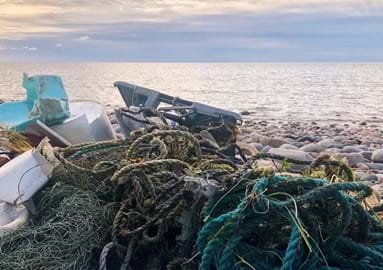
Sampling has shown that the concentrations of microplastics – mainly fibres – become greater in volume downstream, near the gulf.
The ubiquity of microplastics in the fluvial part of the St. Lawrence, associated with the hydrological complexity, the fragility of the ecosystems and human activities dependent on them, requires characterizing this problem in the estuarine and marine parts of the St. Lawrence.
For five years, the Blue Organization has been sampling and characterizing pollution along the St. Lawrence coast from the river to the gulf, thanks to a participatory science protocol developed by the non-profit organization. This work shows a huge presence of pollution along Quebec’s shorelines. The researchers sampled 10 sites in the gulf, particularly targeting protected marine areas and wildlife reserves, to characterize and count what they found there.
The hypothesis seeks to demonstrate firstly the omnipresence of plastic pollution on these shorelines in the St. Lawrence downstream, but just as importantly the increased quantity of waste on these banks, as a result of marine currents.
The findings
Among the findings, the scientists noticed a concentration of waste in the gulf, which can be explained by the gyre phenomenon within the Gulf of St. Lawrence. These gyres behave similarly to large ocean gyres but on a smaller scale, which will be the subject of other post-expedition studies. Several wildlife reserves are affected by this plastic pollution, with unique and rich biodiversity coexisting directly with this pollution. These almost uninhabited areas harvest and accumulate our consumption habits, tide after tide.
Some sites appear to indicate the effect of marine currents and the presence of a gyre, transporting large quantities of plastic waste, particularly on the southern slope of Anticosti Island, a place which is especially distinguished by the omnipresence and large quantity of pollution on its banks.
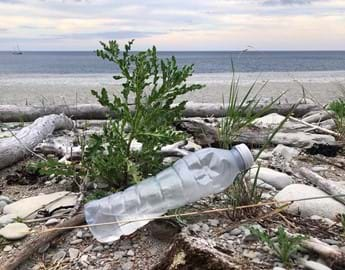
The categories of waste most often observed on our shores are single-use plastics, such as plastic bottles, coffee cups and lids, from several Quebec and Canadian brands of beverages.
The researchers also saw the fishing industry’s striking impact with gear, nets and buoys piling up, entangling and accumulating on the banks in very harmful ways with nature.
The environmental disaster that we have witnessed has upset us. What we find on the shores is the result of our lifestyles over the past few decades. It is high time to shed light on the anthropogenic reality and take concrete action to reverse the trend.
Improved field sampling processes and innovation
Sampling microplastics in the environment is still a technical challenge because of the small size of these particles and the great difficulty in differentiating them from other participles of a natural origin (such as grains of sand, or plant fragments). Sampling campaigns such as l’Expédition Bleue also aim to test on a real scale the sampling protocols that have been developed in a laboratory.
The financing of these campaigns is necessary to improve these protocols and to confront the reality on the ground, such as currents, waves, variations in the water’s physico-chemistry.
Following up on the 2019 microplastic samplings in the fluvial part of the St. Lawrence, l’Expédition Bleue made it possible for the first time to collect samples in the Gulf of St. Lawrence as close as possible to the gyres. At the same time, the plastic waste sampling on the banks preserved from human activity is also a mine of information, allowing us to describe the lifecycle of plastics in the St. Lawrence. Once these samples have been analyzed, we hope to finally be able to understand the fate of plastic waste, from its sources to its final destination. This exclusive data on plastics at two size scales is essential for understanding the impacts of plastics on our ecosystem. Ultimately, we hope that this research and development work will lead to a common protocol defining guidelines for the quantification of microplastics and macroplastics in aquatic and marine environments.
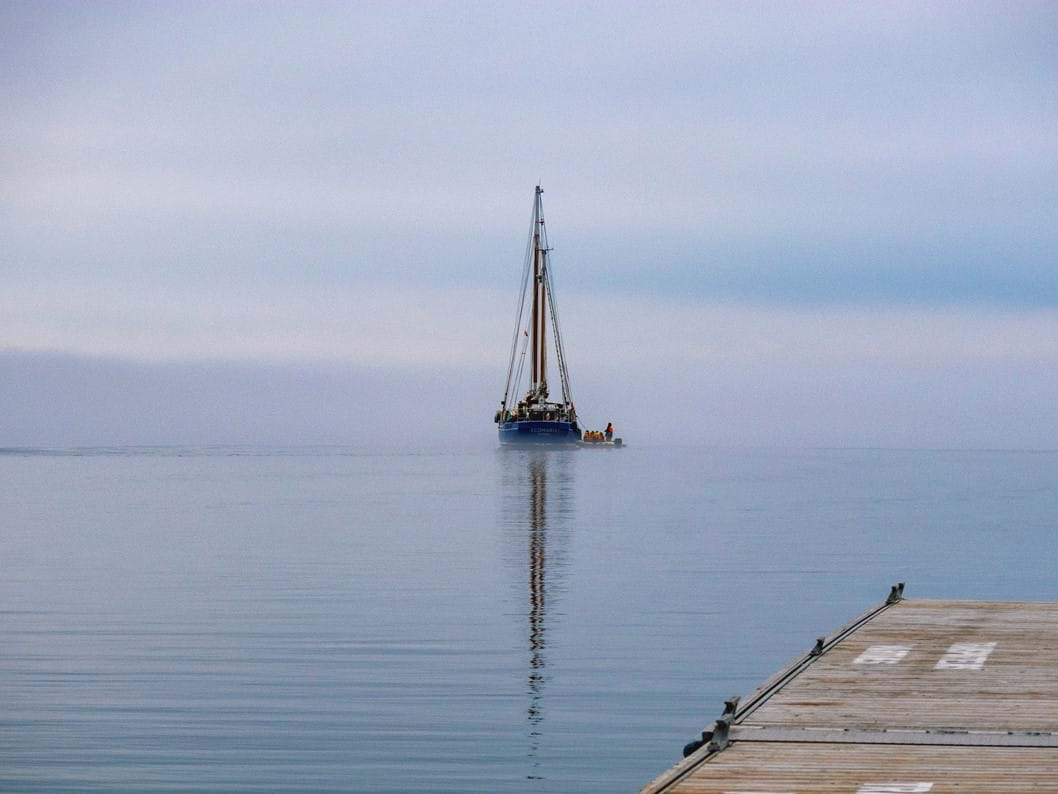
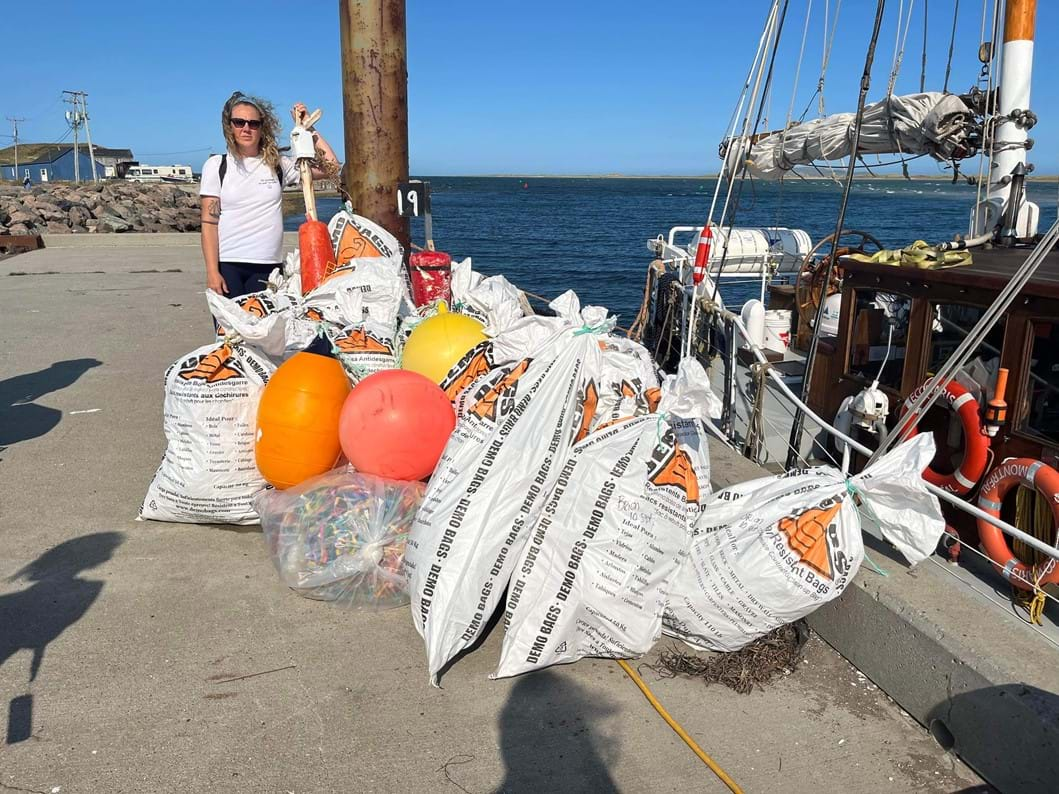

In addition to a common protocol to harmonize studies on plastics, it is necessary to create open platforms to facilitate the sharing of information collected in the field. The pooling of these results in collaborative databases would provide a more global vision of this pollution, while also promoting dialogue between the realms of researchers and decision-makers.
L’Expédition Bleue has made it possible to establish a first portrait of the impact of plastic in the Gulf of St. Lawrence and along its coast, which will clear the way for other collaborative research project.
The firsts achieved with Expédition Bleue:
- First sampling methodology application test in the gulf – improvement of protocols (innovation)
- First sampling of microplastics and macroplastics collected in the gulf
- First sampling in the gyres and on the facing beaches
- First surveillance mapping that will be produced in this geographic area
Towards possible solutions
The years 2021 through 2030 mark the United Nations Decade of Ocean Science for Sustainable Development. It is important to focus research around this global momentum to better govern our oceanic systems, the St. Lawrence in our case. Prevention is crucial in this era of climate and anthropogenic changes, and research and monitoring can really help to paint a fair picture of the situation.
The researchers wish to reiterate the importance of a reactive and preventive government that makes it possible to tighten and improve the regulations that govern large companies to prevent and reduce their plastic pollution. It is also important to fund more efforts in support of local research and documentation of the impacts of plastic on the environment to better understand the St. Lawrence and thereby better protect it.
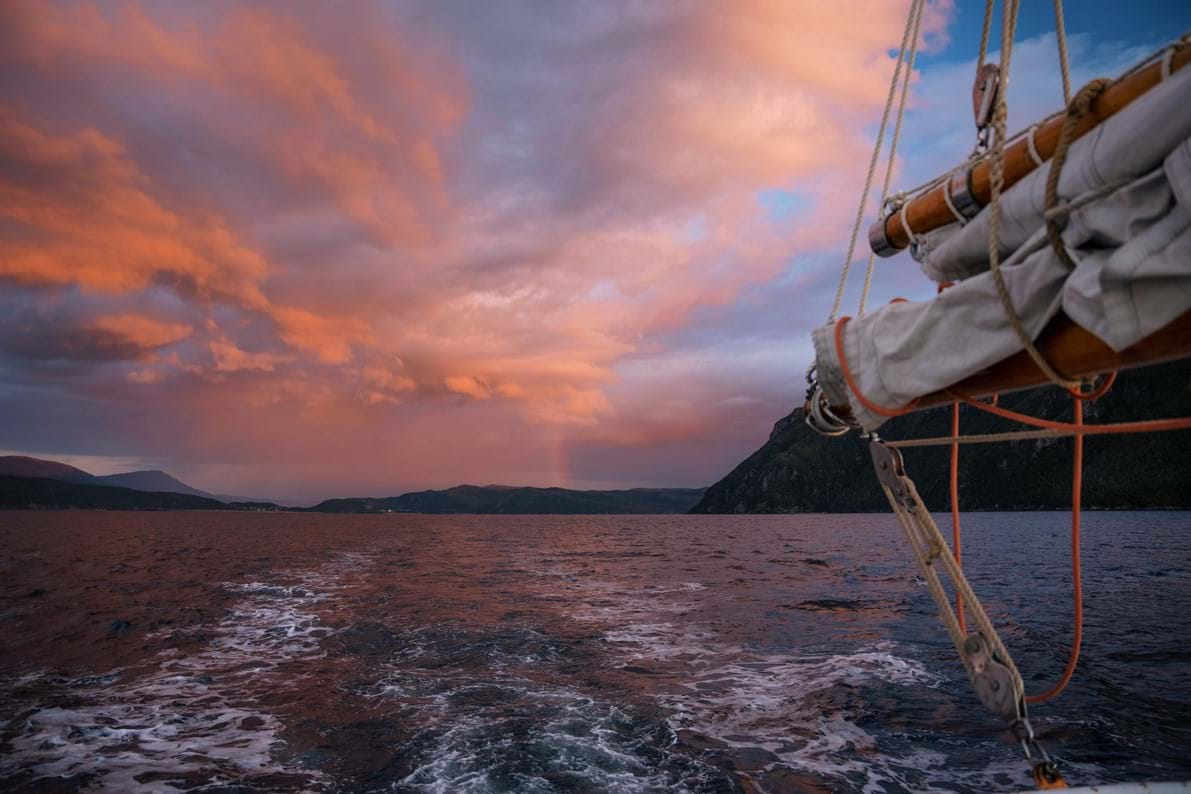
Photos Expédition Bleue
About the authors
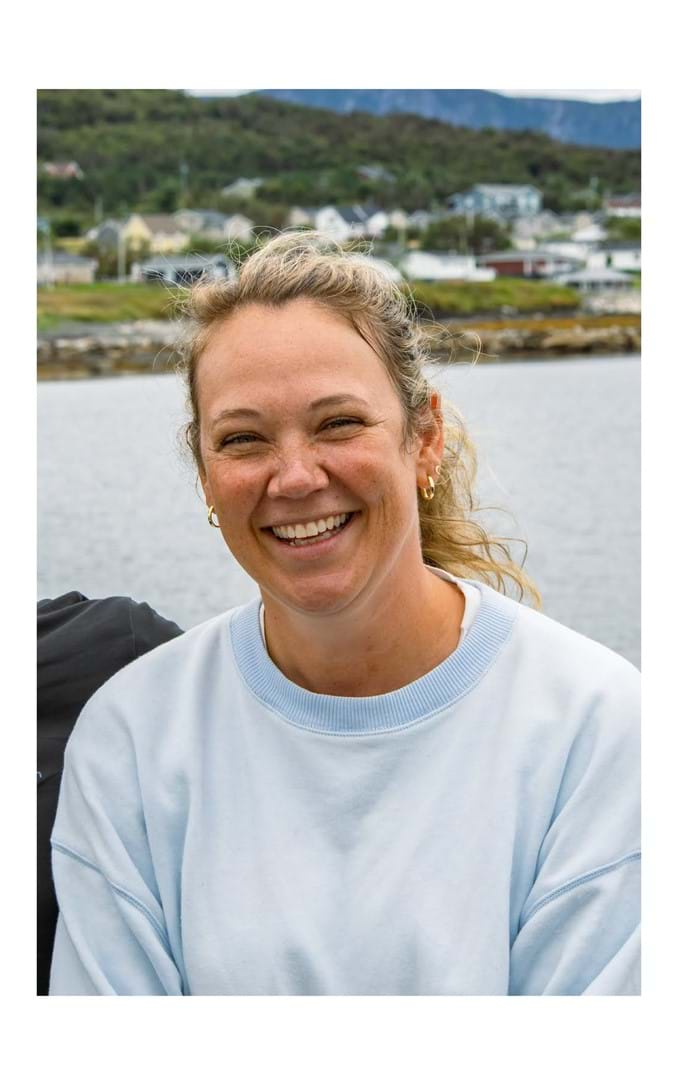
Anne-Marie Asselin, mission leader and founder of the Blue Organization.
Highly creative with extensive scientific training, Anne-Marie is an exceptional leader. She has distinguished herself with an interdisciplinary background by earning her Master’s in Biodiversity, Oceans and Coastal Zones Management and a Bachelor’s in Marine Biology. She also promptly began applying her entrepreneurial skills upon graduating from l’École des entrepreneurs du Québec in 2017. Now the founder, president and CEO of Organisation Blue, Anne-Marie is constantly innovating in the business and philanthropy world.
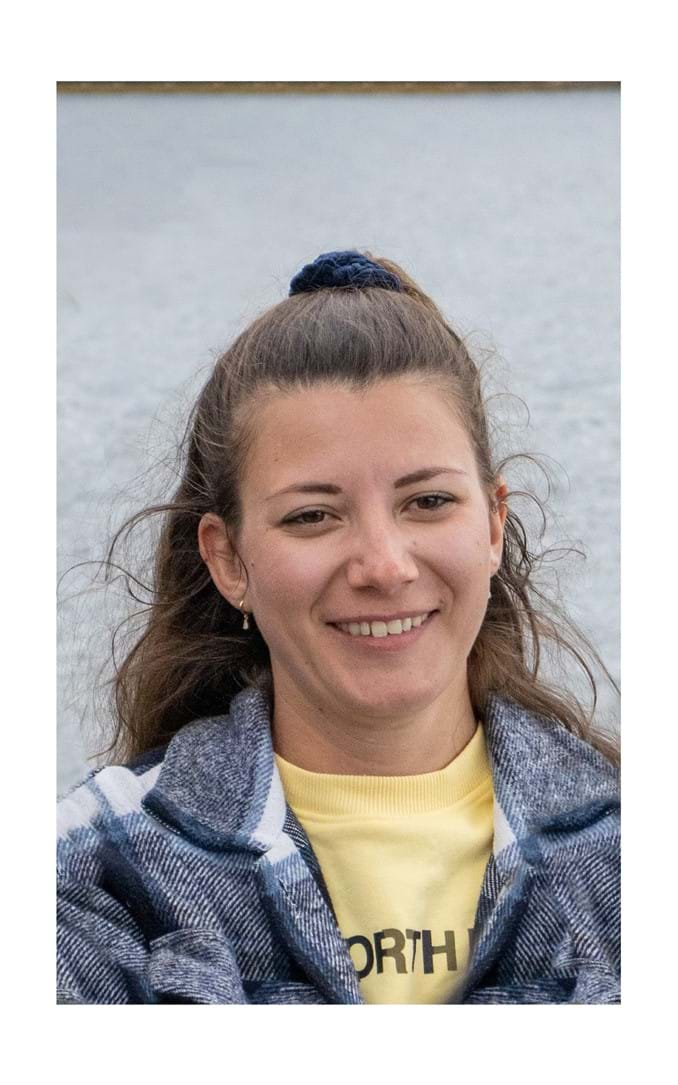
Laura Rowenczyk, scientist in charge of the study of microplastics within the Blue Expedition.
An engineer and doctor in Physico-chemistry, Laura uses her extensive knowledge in the field of particles to evaluate their impacts on the biosphere. Focused on the juncture between Chemistry and Biology, she completed her Doctoral thesis at l’Université du Havre (in France) on the impact of the titanium dioxide nanoparticles in sunscreens on skin bacteria. At le Centre national de la recherche scientifique as of 2018 and subsequently at McGill University, she has developed scientific protocols to characterize micro- and nano-plastics in rivers and oceans. Her expertise is leading to a better understanding of plastic waste’s lifecycles and environmental impacts with her findings already published in 10 scientific articles. In the course of her work, she had participated in several field-sampling campaigns and multiple public activities to raise societal awareness of these environmental issues.
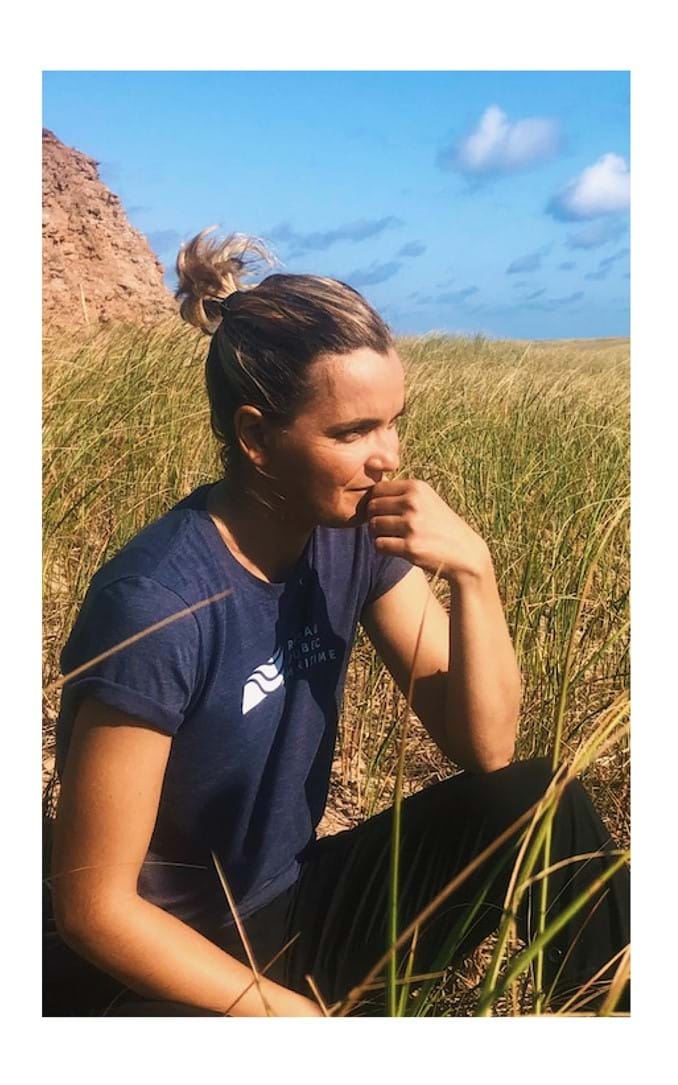
Viridiana Jimenez-Moratalla, RQM communications advisor and member of the Blue Expedition team.
A marine biologist by training, Viridiana has more than 15 years of experience in the fields of research and popularizing science. She holds a Bachelor of Science in Marine Biology from the University of Plymouth (in England) and a post-graduate diploma in Environmental Impact Assessment and Management from Oxford Brookes University. Her passion for outreach and education led her to the realm of Visual Environmental Communication, which she studied at the Royal Ontario Museum. With skills in videography, photography, and communication, Viridiana combines her scientific background with visual storytelling to engage a larger audience. She works to improve public understanding of environmental issues to foster change. The communication advisor at le Réseau Québec maritime (RQM) currently, Viridiana helps to highlight the intersectoral research carried out by members of this Quebec maritime network.
